
Discover accommodation packages and deals in Solomon Islands
Your Next Adventure Awaits!
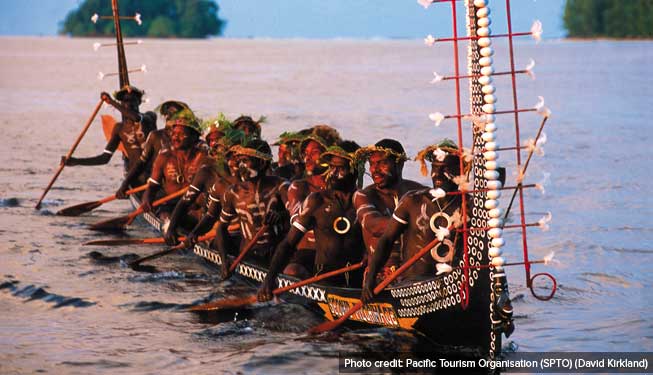
Featured Solomon Islands Packages
Stay 3 Nights w/ Breakfast, Transfers & More!
Book by: 25 Nov 2025





Per adult (twin share) from $278
5 Nights Stay w/ Breakfast & Return Boat Transfers!
Book by: 26 Dec 2025



Per adult (twin share) from $606
Stay 7 Nights & Receive Room Discount w/ Daily Breakfast & Return Boat Transfers!
Book by: 26 Dec 2025



Per adult (twin share) from $702
5 Nights in the Solomons Island w/ All Meals, Boat Transfers & Activities!
Book by: 25 Nov 2025









Per adult (twin share) from $720
Resorts in Solomon Islands
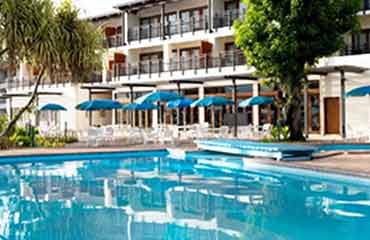
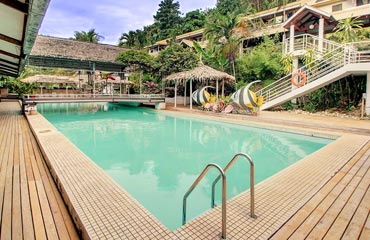
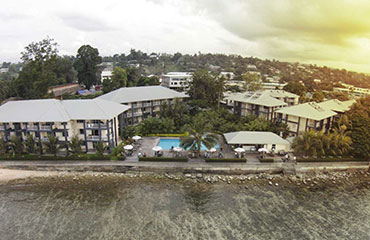
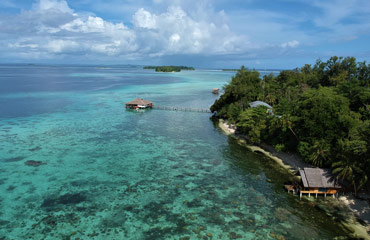
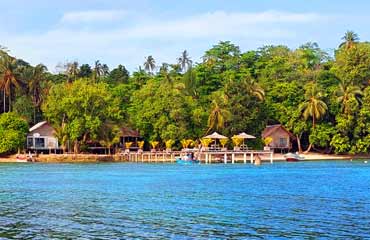
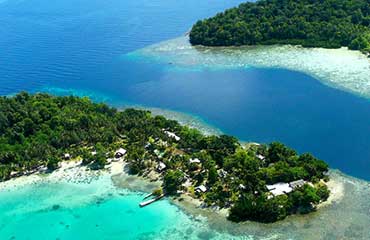
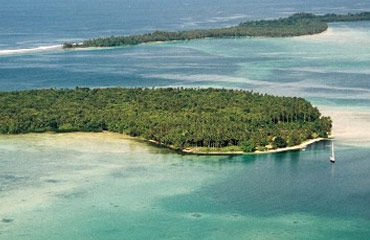
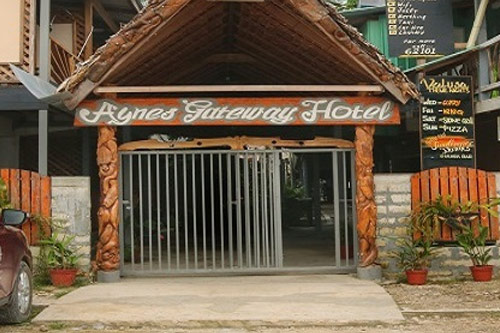
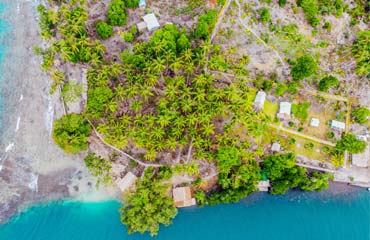
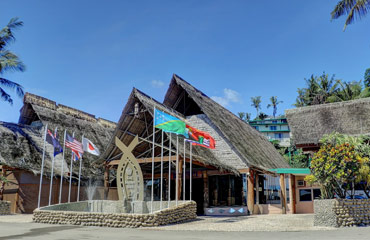
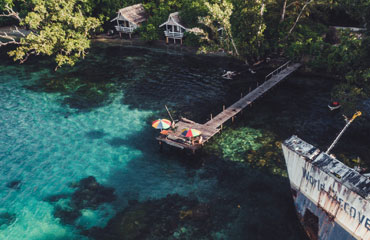
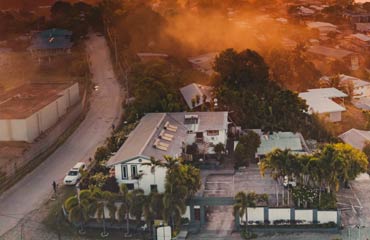
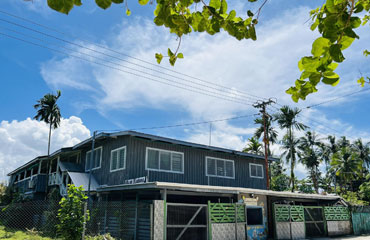
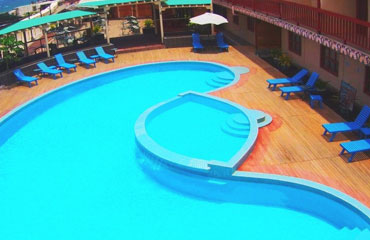
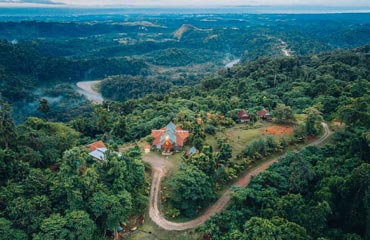
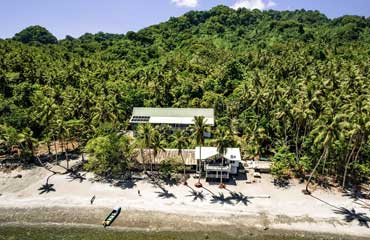
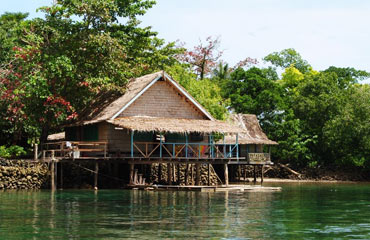
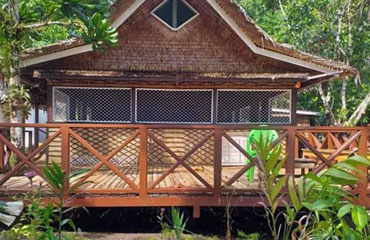
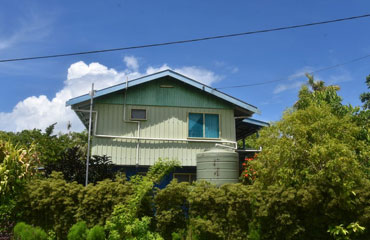
Fly into Adventure
About Solomon Islands
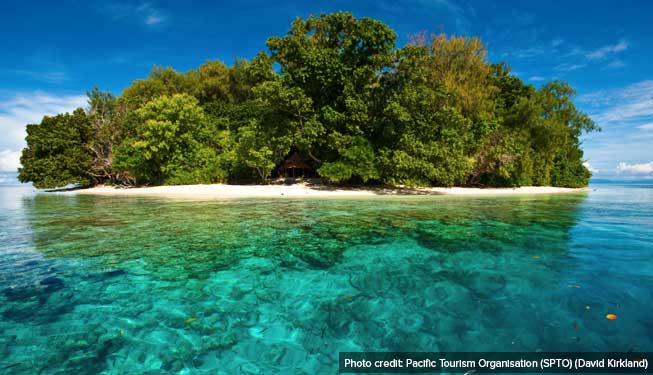
So, you’re probably wondering, “Where on Earth are the Solomon Islands?” Great question! Nestled to the east of Papua New Guinea and northwest of Vanuatu, this archipelago is like a treasure chest waiting to be opened. Getting here is easier than you might think. Just catch a flight to Honiara, the capital, and you’re all set to start your adventure.
But let’s dig a little deeper, shall we? The Solomon Islands are a fascinating blend of cultures, languages, and traditions. We’re talking about a place where over 70 languages are spoken! How incredible is that? And the geography is just as diverse. You’ve got everything from volcanic islands with smouldering craters to serene coral atolls that look like they’ve been lifted straight out of a postcard.
History buffs, listen up! This place has seen it all—from European explorers setting foot on these shores to intense battles between Japanese and American forces during World War II. And let’s not forget the rich tapestry of indigenous Melanesian culture that’s been woven through the centuries. It’s like stepping into a living museum, where every island tells its own story.
Things to Do in Solomon Islands
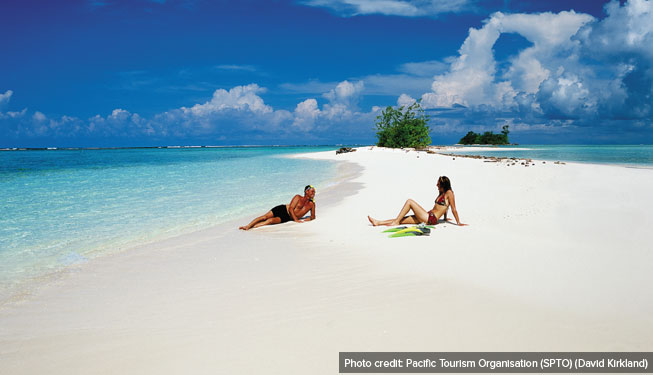
So, you’ve touched down in this tropical paradise and you’re itching to get started. Well, buckle up, because the Solomon Islands are a smorgasbord of experiences that’ll leave you craving for more.
First on the list has to be diving and snorkelling. But we’re not talking about your run-of-the-mill coral reefs here. The Solomon Islands offer some of the most biodiverse marine ecosystems in the world. Picture yourself floating above a vibrant tapestry of corals, surrounded by schools of colourful fish darting in and out of the sunlight. And let’s not forget the sunken war relics—imagine exploring a submerged WWII fighter plane, its metal frame now a thriving marine habitat. It’s like diving into a history book, only way cooler!
If you’re more of a land adventurer, the hiking trails here are nothing short of spectacular. Every now and then, you’ll stumble upon a hidden waterfall, its waters cascading down like liquid crystal. And if you’re up for a real challenge, how about hiking up Kolombangara Volcano? The climb might be strenuous, but the panoramic views from the summit will make you feel like you’re on top of the world—literally!
Consider visiting a local village, where you can participate in traditional ceremonies, learn about age-old customs, and even try your hand at local crafts. It’s not just sightseeing; it’s a deep dive into a rich cultural tapestry that’s been woven over centuries.
And let’s not forget about the bird enthusiasts out there. The Solomon Islands are home to some of the most exotic bird species you’ll ever see. From the vibrant Solomon Islands’ Eclectus Parrot to the elusive Guadalcanal Boobook, it’s a bird-watcher’s paradise.
Best Time To Visit Solomon Islands
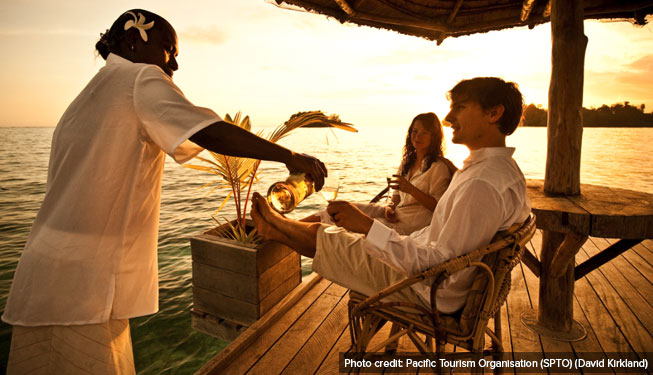
Timing is everything when it comes to enjoying this tropical paradise to the fullest.
The dry season runs from May to October. This is the Solomon Islands at its postcard-perfect best. The skies are a brilliant blue, the waters are crystal clear, and the humidity takes a backseat, making it the ideal time for all those outdoor activities you’ve been dreaming of. Whether you’re diving into the underwater wonderlands, hiking up volcanic peaks, or simply lounging on a secluded beach, the dry season offers the perfect backdrop.
Now, some of you might be thinking, “What about the wet season?” Great question! Running from November to April, the wet season brings with it higher humidity and, you guessed it, more rain. But don’t write it off just yet. The showers are usually short-lived, and the landscapes are at their most lush and vibrant. Plus, the wet season is the best time for surfing, with swells reaching their peak. However, it’s worth noting that this is also cyclone season, so if you’re planning a trip during these months, it’s essential to keep an eye on the weather forecasts and take necessary precautions.
Here’s a pro tip: aim for the shoulder months of May and October. You’ll still get that glorious weather, but you’ll dodge the peak tourist crowds, giving you a bit more room to breathe and explore.
Festivals and Cultural Events
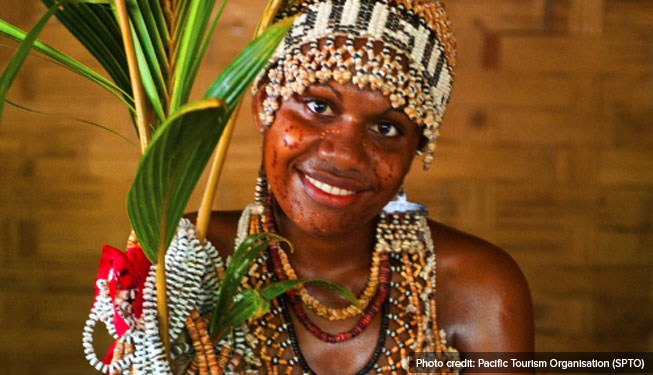
When you visit the Solomon Islands, you’re stepping into a living, breathing tapestry of culture and tradition, and there’s no better way to experience this than by immersing yourself in the local festivals and events. Take the Wogasia Spear Fighting Festival, for instance. Held every May on Santa Catalina Island, this isn’t just a spectacle for tourists; it’s a deeply rooted cultural ceremony. Warriors in traditional attire engage in ceremonial spear fights, offering a riveting display of skill and courage that you won’t soon forget.
But the cultural calendar doesn’t stop there. Come November, the Marovo Lagoon becomes the epicentre of the Lagoon Festival, a jubilant celebration of all things water-related. Imagine traditional canoe races cutting through the crystal-clear waters, fishing competitions that pit local anglers against each other, and a backdrop of cultural dances and music that fill the air with rhythmic beats. If you’re fascinated by the local crafts and traditions, then the Shell Money Festival in September is a must-see. Hosted in the scenic Langalanga Lagoon, this festival is a tribute to the ancient art of shell money making. Artisans meticulously craft intricate necklaces and bracelets from shells, showcasing a form of currency that has been part of the Solomon Islands’ heritage for centuries.
And let’s not overlook Solomon Islands Independence Day, celebrated every July 7. This isn’t just a day off work; it’s a national celebration that brings the entire country together. Parades march down the streets, traditional music and dances captivate audiences, and a sense of patriotic pride fills the air. Beyond these larger events, the Solomon Islands are also home to numerous custom festivals. These smaller, village-based celebrations might not make the headlines, but they offer an intimate and authentic glimpse into the local way of life. From initiation ceremonies to harvest festivals, these events are hidden gems that provide a unique, off-the-beaten-path experience for those willing to seek them out.
Stand-out Experiences: The Must-Dos
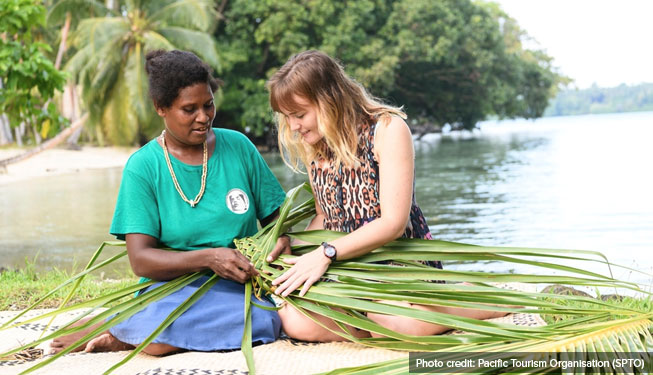
Before we wrap up, let’s zero in on some experiences you absolutely can’t miss. First off, diving in the tunnels of Gizo is a surreal experience. Picture swimming through underwater caves and tunnels, surrounded by a kaleidoscope of marine life. It’s like something out of a dream. Next, make sure you visit Skull Island. Now, I know the name might sound a bit ominous, but it’s a fascinating cultural site that offers a glimpse into the islands’ headhunting past. It’s not just a tourist attraction; it’s a journey into the soul of the Solomon Islands. And last but not least, if you’re up for a challenge, you’ve got to hike the Kolombangara Volcano. The trek might test your limits, but the panoramic views from the summit are your reward—a breathtaking vista of the archipelago that you’ll carry in your heart long after you’ve left.
Subscribe to our newsletter for the greatest and the latest in Solomon Islands' holidays!